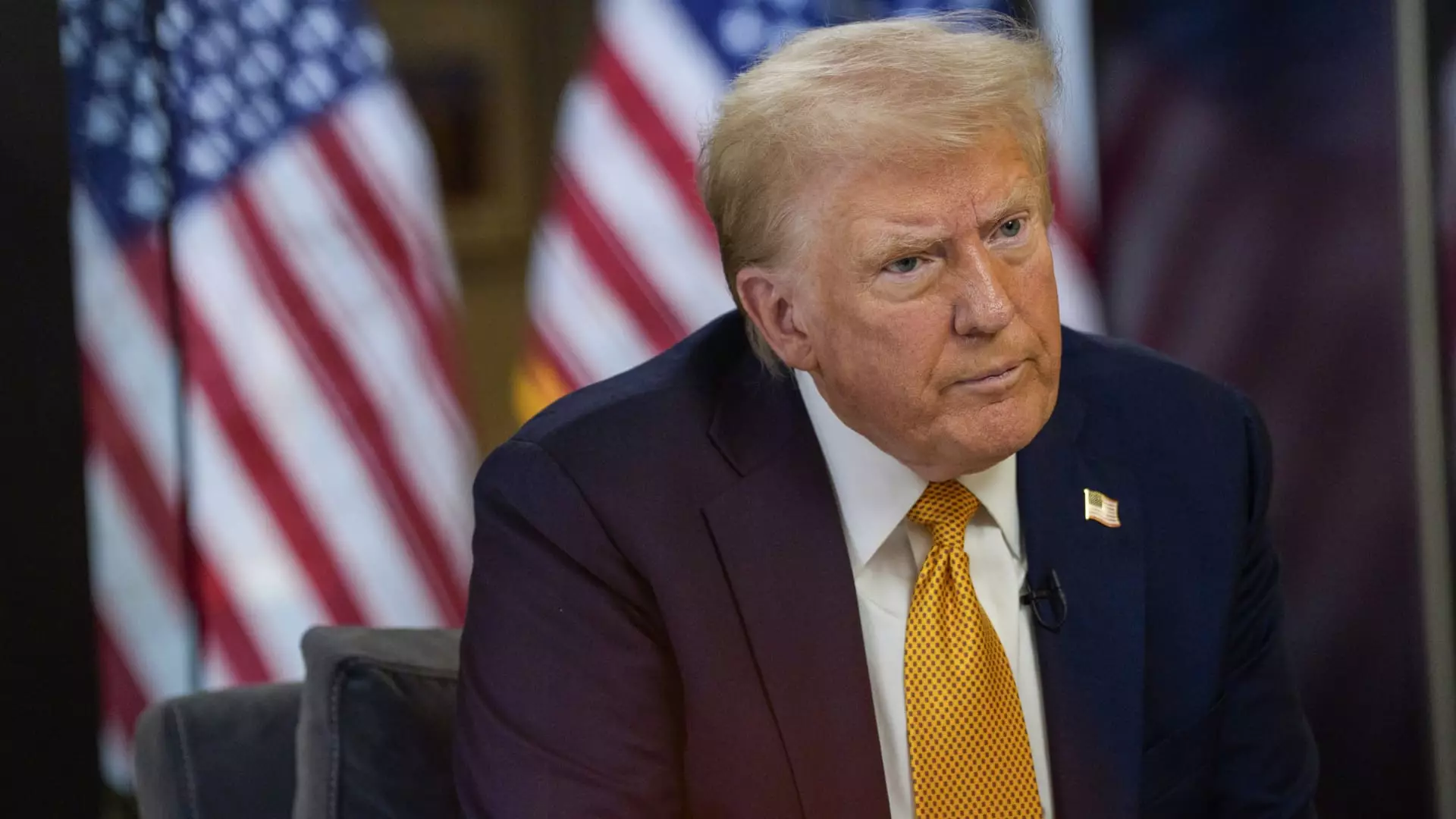As the political landscape shifts with President-elect Donald Trump preparing for his second term, discussions surrounding the implementation of tariffs are intensifying. Tariffs, essentially taxes imposed on imported goods, have been a cornerstone of Trump’s economic policy, aiming to stimulate American manufacturing while potentially straining consumer wallets. The implications of such tariff increases have elicited varied responses from experts, economists, and consumers, with significant concerns about widespread impacts on the economy and individual households.
Understanding Tariffs and Their Immediate Impacts
At their core, tariffs are designed to protect domestic industries from foreign competition by making imported goods more expensive. However, the indirect consequences can ripple through the economy, affecting everything from consumer prices to corporate profits. Erica York, a senior economist at the Tax Foundation, emphasized the immediate financial burden that consumers may encounter if Trump’s tariff proposals come to fruition. When businesses face higher import costs, those expenses are often passed along as price hikes at retail locations. In other words, the consumer ultimately bears the brunt of the government’s taxes—an outcome that could particularly hurt low- and middle-income families already grappling with tight budgets.
Research from the Tax Policy Center projected that if Trump were to implement a universal tariff regime, household expenses could increase notably, with estimates suggesting an additional $3,000 burden for the average American household by 2025. This heightened financial strain could potentially push vulnerable families—who often live paycheck to paycheck—further into economic uncertainty. Thus, while tariffs may aim to boost domestic manufacturing, they simultaneously risk widening economic inequality.
Throughout his first term, Trump imposed tariffs on a variety of goods, ranging from washing machines to aluminum, thus setting a precedent that the Biden administration has continued. His current campaign rhetoric hints at a more aggressive tariff strategy, one that includes significant levies on all trade partners with particularly steep fees on imports from China. However, these proposed tariffs raise questions not only about their economic efficacy but also about their feasibility in practice.
Trump’s remarks during an NBC News interview underscored the unpredictable nature of his administration’s economic policies. By admitting that he “can’t guarantee anything,” he left room for speculation about the sincerity and intent behind his imposing tariff proposals. It is essential to recognize that while tariffs could be framed as negotiating tactics with trading partners, as David Zervos suggested, the potential for them becoming reality remains ever-present.
The Broader Economic Implications
Beyond individual consumer costs, these tariffs could also affect business operations, shareholder returns, and employment opportunities within the United States. York noted that corporations facing reduced profit margins may respond by stifling wage growth or even cutting jobs, leading to more extensive economic ramifications. The impending uncertainty surrounding tariff implementation raises concerns among businesses that may hesitate to invest or expand, leading to stagnation in economic growth.
Moreover, Trump’s announcement of potential tariffs targeting major trading partners like Canada and Mexico adds another layer of complexity. The threat of such tariffs could escalate trade tensions, further complicating the already intricate U.S. trade relationships.
The impending tariff policies under Trump’s second term present a multifaceted debate that intertwines domestic economic health with international relations. As experts analyze the potential consequences, it becomes clear that the implications are far-reaching, affecting everything from daily consumer purchases to the stability of various industries.
While tariffs may ostensibly serve to bolster American jobs and firms, it is crucial for both the government and consumers to weigh the potential costs seriously. As policymakers navigate these turbulent waters, fostering an economic environment that supports equitable growth should remain a top priority. Ultimately, understanding the full scope of economic impacts resulting from proposed tariff changes will be vital in addressing the challenges that lie ahead.

